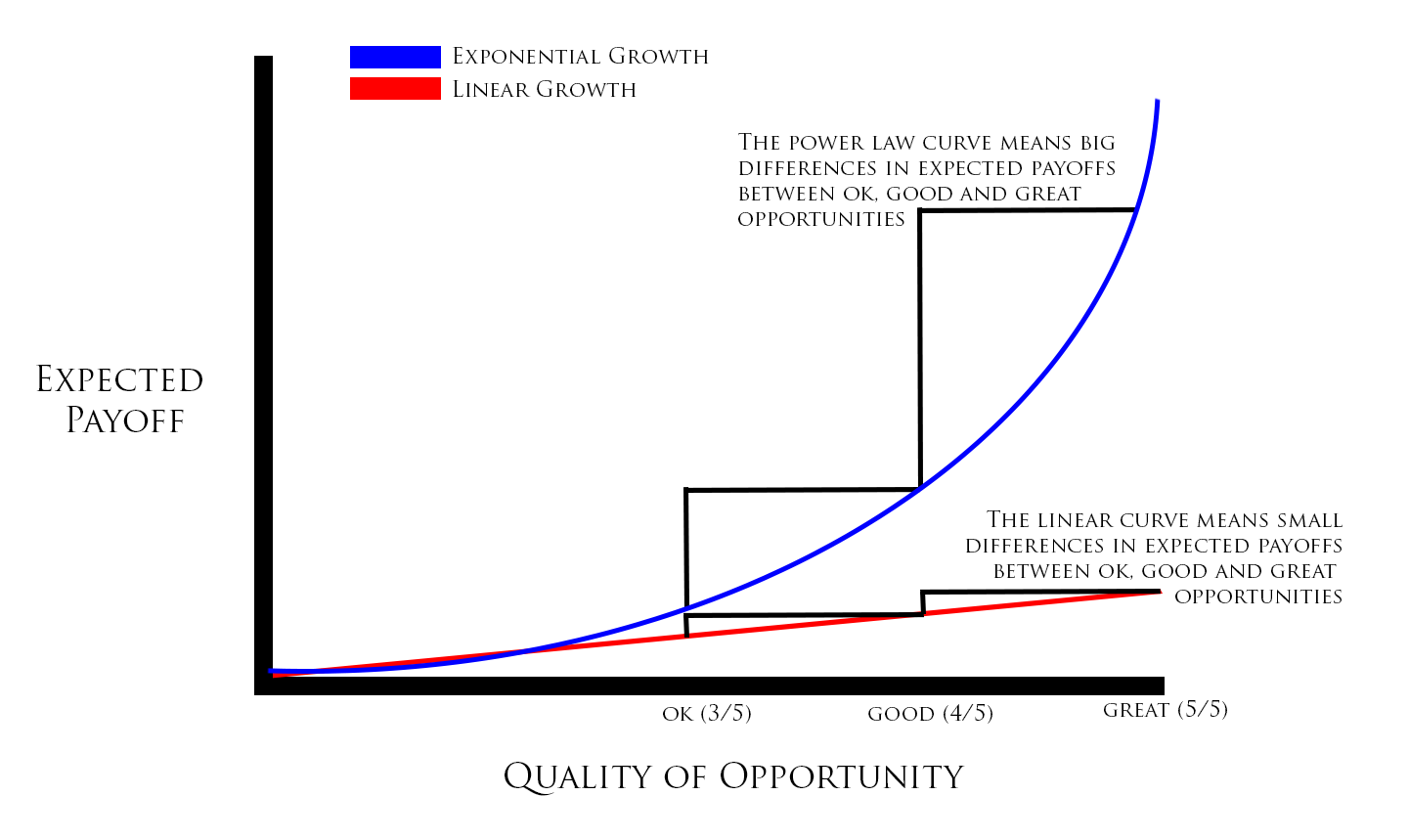— August 22, 2017

Meditations / Pixabay
“Plans are useless, but planning is indispensable.” – Dwight Eisenhower
In Justin Mares’ and Gabriel Weinberg’s book Traction Marketing, they offer a method for evaluating potential marketing opportunities called a bullseye analysis.
A bullseye analysis is an expected value calculator for marketing channels and initiatives.
The way it works is you enter some guesstimates for different criteria of each marketing channel or initiative you are considering like:
- how promising they were
- how expensive it was
- how much time it took to implement
- how many customers were available
The spreadsheet would spit back an expected value that let you prioritize what marketing channels to test first.
I copied their document and made a few modifications to suit my preferences and put it to work immediately.
Here’s what my first iteration of using it looked like:

The final column, combined score, lets you prioritize all potential marketing opportunities. Apologies for the blurring, but some of these involve specific people who did not give me explicit permission to use their names so I chose to keep them private.
Ideally, you’d want to focus on marketing channels that are likely to work, cheap, fast and have lots of customers.
Of course, there are rarely any magic bullets and so you always have to make tradeoffs.
The bullseye spreadsheet is a great tool to better understand those trade-offs so you can decide how to prioritize your marketing channels.
I quickly realized that it was useful for prioritizing anything, not just marketing initiatives.
So I created a more broadly usable version that let me calculate the expected value of different high-level opportunities.
I started using it as part of my quarterly planning process and teaching it in my course to evaluate which initiatives to prioritize.
I would list out everything I could potentially work on over the next 90 days and then rank them by a few criteria:
- time required
- cash required
- how excited I was about it
- short-term ROI
- long-term ROI

I found it was rarely accurate as a predictive tool, but it was a helpful tool for forcing me to think through the possibilities and better understand them.
- Why am I more excited about one thing as opposed to another?
- Why do I think this has better long-term ROI than that?
- Is this really that expensive or can I get it done cheaper without sacrificing quality?
I used this for about a year and taught it in my personal productivity course. It was an improvement over my previous system, but I realized there were a couple of problems with it.
First, the time and cash required fields were redundant and added unnecessary complexity.
I would end up just ranking them then asking myself “how many of these do I actually have the time and cash to execute on in the next 90 days” and then do that many.
Second, I realized the calculator was linear even though it was being applied to projects with power law outcomes.
In the above image, the best opportunity gives a score of 13, not even twice as good the worst opportunity, 7. This is a linear relationship.
In real life, the spreads more like power laws. This is the so-called hockey stick graph.
The difference between a good opportunity and a great opportunity is 10 or 100x.
For example, If you had the choice between joining Google versus any other startup in 2000, it might seem like Google was only a moderately better opportunity, a 5 out of 5 instead of a 4 out of 5.
But, unless that other startup was called Amazon, the outcome was 100x different.
A power law graph matches reality more closely:

So I recently redid the calculator one more time to make the outcomes follow a power law.

As you can see, the spread got much wider. The best opportunity is almost 20x more valuable than the worst opportunity which seems much closer to reality.
In my experience, a project that I am 5 out of 5 excited about and I think has 5 out of 5 long-term potential is 10-100 times more valuable than one which I’m 3 out of 5 excited about.
The main benefit of using the power law expected value calculator is that I stay more focused on my core priorities.
When my primary priority scores a 13 and my fifth priority scores a 7, it was easier to justify letting myself get distracted by something further down the list.
“Yea, this isn’t the most important thing I could work on, but it’s still useful.”
When my primary priority scores a 195 and my fifth priority scores an 11, my primary priority is 1700% more valuable.
It’s much harder to justify working on something that is 1/17th as valuable than something else.
I think many of the most successful people are good at focusing because they understand this intuitively.
The successful startup founder knows that at any point in their company’s life cycle, a single marketing channel will be 10x better than any other.
The mistake many people make is they say: “well, yea there is probably one that is 10x better but these other ones are still working alright so we’ll do them too.”
However, your resources are always limited.
There are only so many hours in the day and so many dollars in the bank.
The reality then is that any energy, attention, or money you put into one project is necessarily NOT getting put into another project.
Imagine you have a bank of three slot machines in front of you.
- The 1st slot machine pays out $ 2 every time you put in $ 1.
- The 2nd slot machine pays out $ 5 every time you put in $ 1
- The 3rd slot machine pays out $ 100 every time you put in $ 1
Sure, the first and second slot machines are working fine, but why would you ever put a dollar into the 1st or 2nd machine when you could put one into the 3rd?
How to Prioritize Like a Billionaire
If you’d like to apply this for yourself, here are the four steps:
- Brainstorm all the possible things you could do in the next 90 days that would have a concrete impact on your career or business.
- Put them in the power law expected value calculator.
- Rank them based on the three criteria
- Do as many in the next 90 days as you have time and cash to execute on.
Business & Finance Articles on Business 2 Community
(43)







